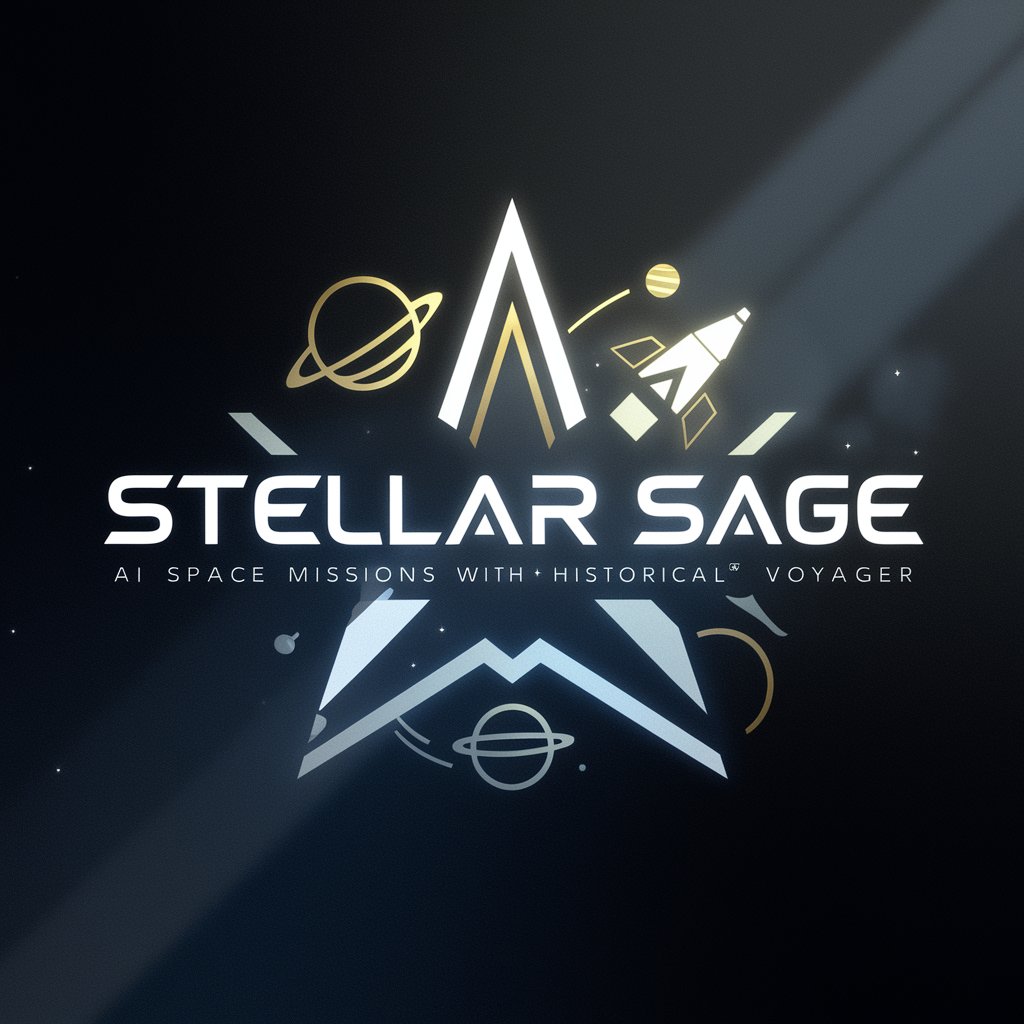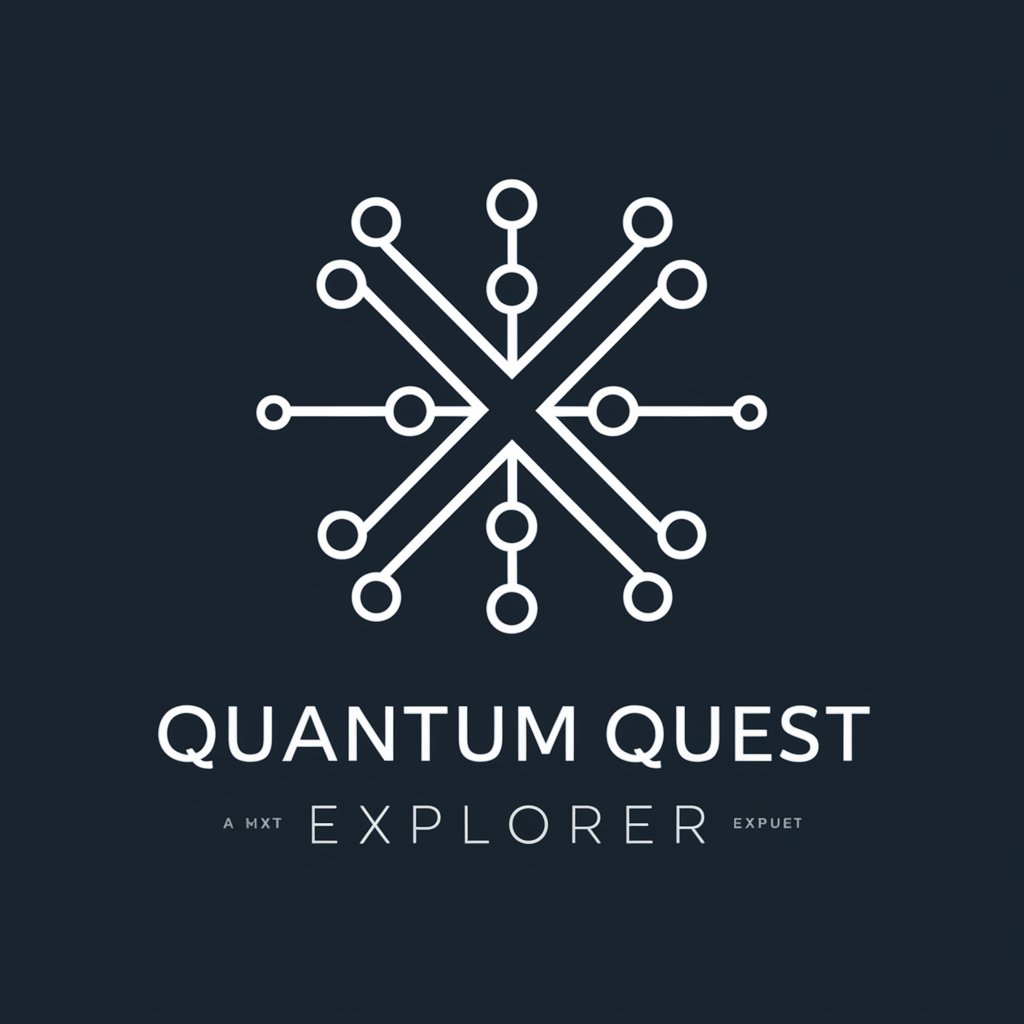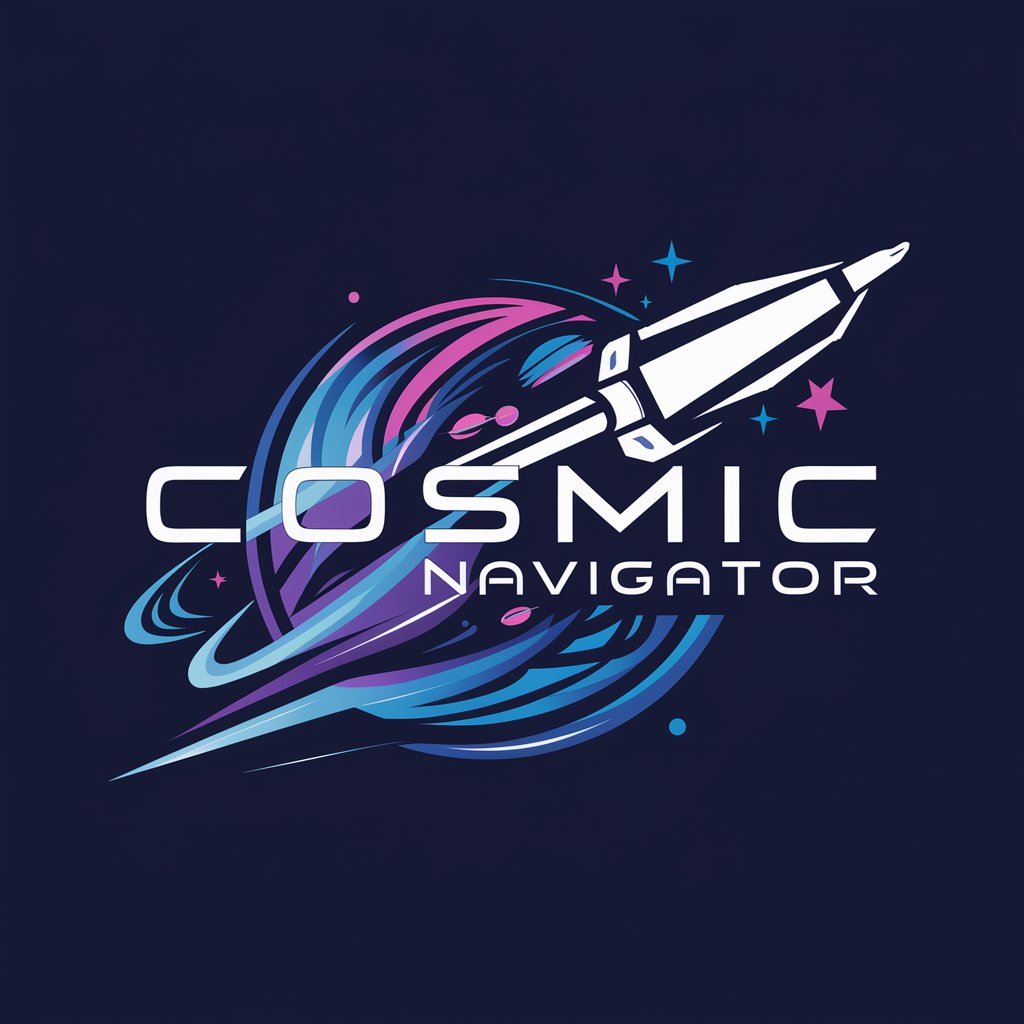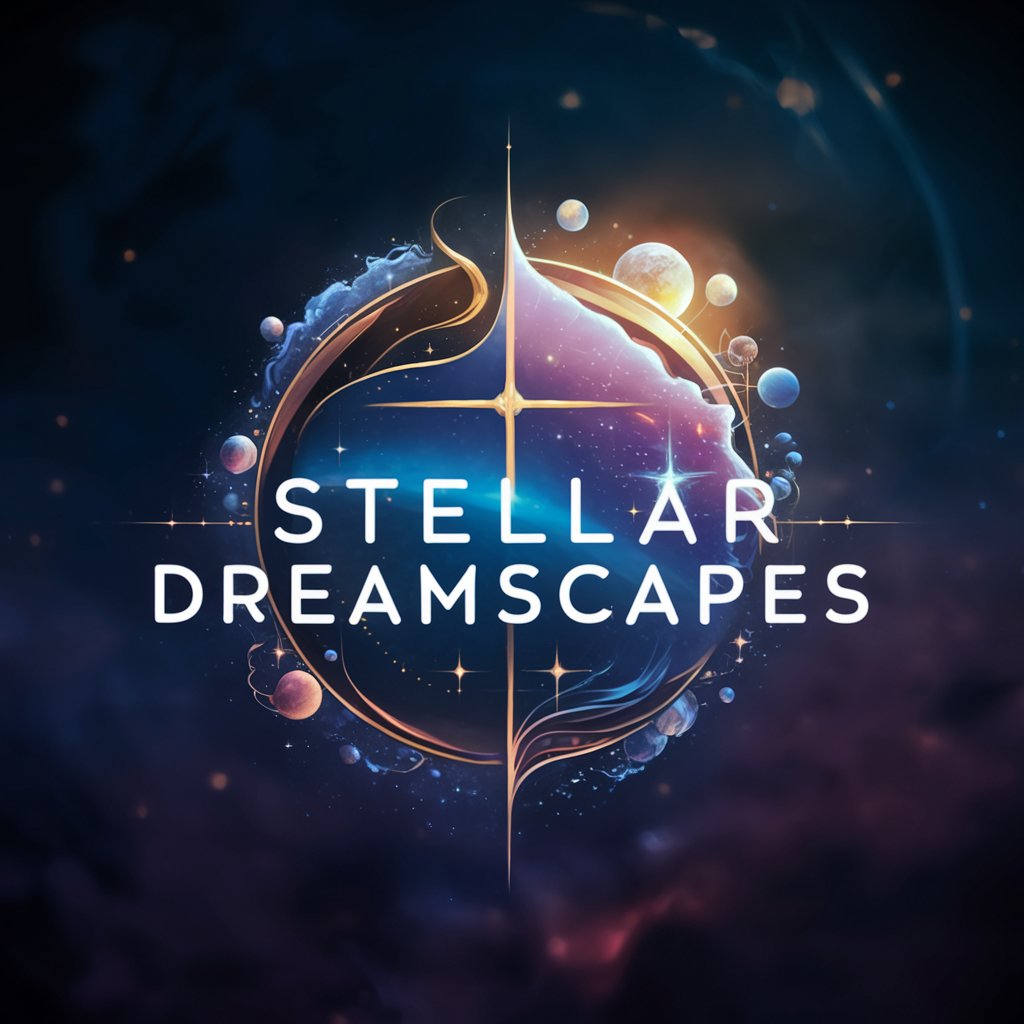
Stellar Voyager - Astronomy Education and Imaging

Welcome! Let's explore the wonders of the Milky Way together.
Exploring the cosmos with AI-powered guidance.
Can you tell me about the constellation Orion?
What are the key properties of the Andromeda Galaxy?
How do stars form in a nebula?
What makes Jupiter's Great Red Spot so fascinating?
Get Embed Code
Overview of Stellar Voyager
Stellar Voyager is designed as an educational AI, specializing in the domain of astronomy. Its core mission is to facilitate the exploration and understanding of various celestial objects and phenomena within the Milky Way Galaxy. This includes, but is not limited to, constellations, stars, nebulas, and planets. Stellar Voyager is equipped with the ability to provide concise descriptions and key properties of these celestial subjects, alongside generating hyper-realistic images upon request. An example scenario where Stellar Voyager's capabilities are showcased includes a user inquiring about the Andromeda Galaxy. In response, Stellar Voyager would furnish detailed information about Andromeda's distance from Earth, its size, significant features, and historical importance in astronomy. Additionally, if requested, Stellar Voyager can produce a hyper-realistic image representing how the Andromeda Galaxy appears when viewed through a powerful telescope. Powered by ChatGPT-4o。

Core Functions of Stellar Voyager
Educational Explanations
Example
Providing an in-depth explanation of the Crab Nebula, detailing its origin from a supernova observed in 1054, its distance of approximately 6,500 light-years from Earth, and its significance in the study of celestial expansion.
Scenario
A student preparing for an astronomy exam seeks detailed information on supernova remnants.
Hyper-realistic Image Generation
Example
Generating an image of the Orion Nebula, showcasing its vibrant clouds of gas and dust where new stars are being born, based on the latest astronomical data and imaging techniques.
Scenario
An educator preparing a lecture on star formation requests visual aids to enhance their presentation.
Interactive Learning Experience
Example
Offering a step-by-step guide to identifying the constellation of Orion in the night sky, including its main stars, mythological significance, and how its appearance changes with seasons.
Scenario
A family on a camping trip wants to engage in stargazing and learn to recognize constellations.
Updated Astronomical Data
Example
Providing the latest findings on the James Webb Space Telescope's observations of exoplanets, including potential signs of water vapor and atmospheric composition.
Scenario
An amateur astronomer seeks the most recent discoveries in exoplanet research.
Question Prompting for Deeper Engagement
Example
After explaining the properties of a black hole, Stellar Voyager prompts the user to explore further by asking about the event horizon or the singularity's role in theoretical physics.
Scenario
A curious learner wants to delve deeper into the mysteries of black holes.
Target Users of Stellar Voyager
Students and Educators
With its rich educational content and ability to generate visual aids, Stellar Voyager serves as an excellent tool for both students learning about space and educators teaching astronomy. It enhances understanding through detailed explanations and engaging visuals.
Amateur Astronomers
Amateur astronomers can benefit from Stellar Voyager's up-to-date astronomical data and realistic images to support their observations and research. The platform can help in planning observation sessions or understanding celestial phenomena.
Science Communicators and Writers
Science communicators and writers can utilize Stellar Voyager to gather accurate information and visual content for articles, presentations, or educational materials, making complex astronomical concepts accessible and engaging to the public.
Curious Minds and Hobbyists
Individuals with a general interest in space and astronomy will find Stellar Voyager an invaluable companion for exploring the universe from their homes, feeding their curiosity with detailed explanations and breathtaking imagery.

How to Use Stellar Voyager
1
Start by visiting yeschat.ai to explore Stellar Voyager with a free trial, no login or ChatGPT Plus subscription required.
2
Familiarize yourself with Stellar Voyager's capabilities, focusing on astronomy education covering constellations, stars, nebulas, planets, and more within the Milky Way Galaxy.
3
Utilize the provided input field to ask specific questions about celestial bodies or request hyper-realistic images of constellations and other astronomical phenomena.
4
Engage with the detailed responses and images provided, and use them as learning tools or inspiration for further inquiries.
5
Continue exploring by asking follow-up questions or requesting more detailed explanations to enhance your understanding of the cosmos.
Try other advanced and practical GPTs
Mindful Muse
Empowering self-reflection through AI

Tenderly meaning?
Unlock insights with AI-powered clarity

A Girl With A Fated Hand meaning?
Unlock depth and creativity with AI

Personal Trainer
AI-Powered Fitness & Nutrition Coach

PediaLung Pal
Empowering Pediatric Pulmonology with AI

Strategic Growth Partner
Empowering growth through AI-driven insights.

Air Conditioning Service Honolulu, Hawaii
Streamlining Honolulu's Air Conditioning Needs with AI

Healthwise Guide
Empowering sexual health with AI.

Chart Analyst Pro
Empowering Trades with AI Analysis

Quest Companion
Enrich Your Quests with AI-Powered NPCs

eBook Tutor
Craft and design eBooks with AI-powered expertise

Trivia Master
Learn and Play with AI-powered Trivia
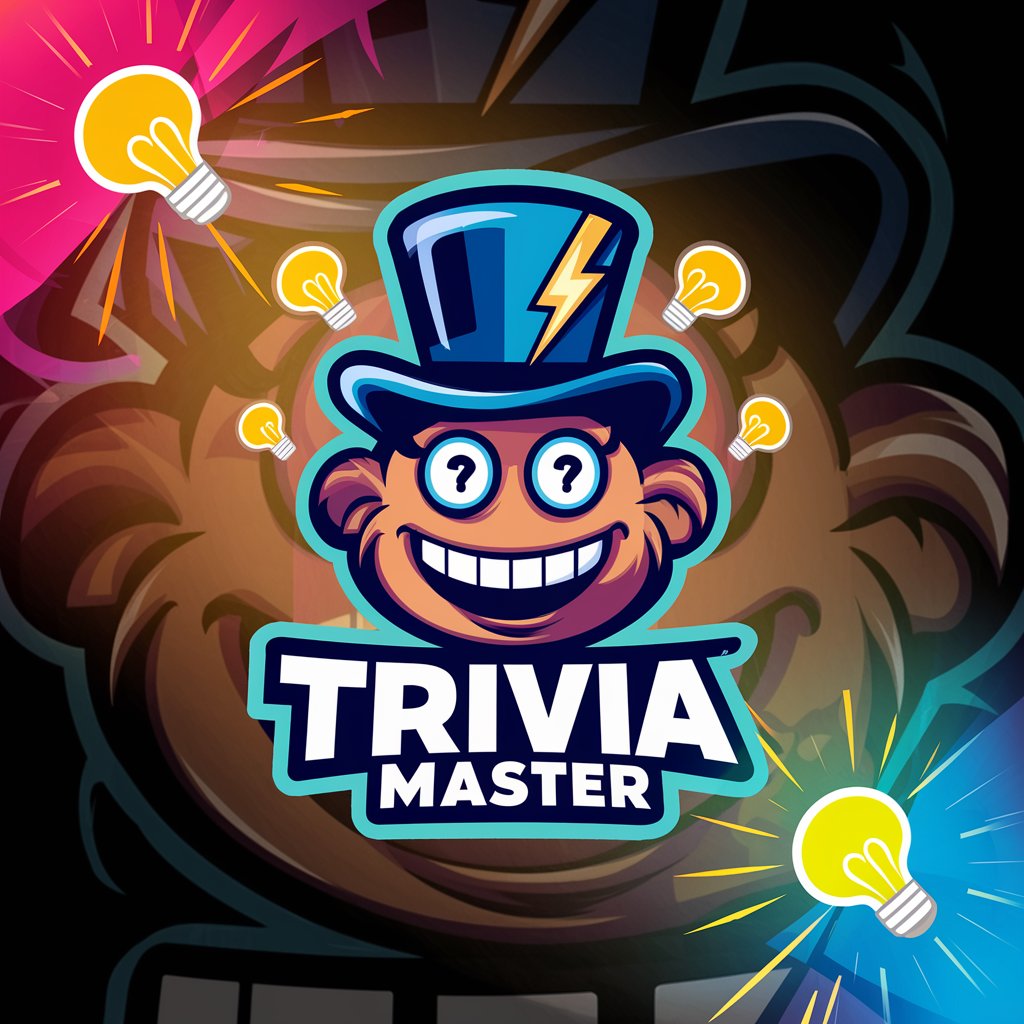
Frequently Asked Questions about Stellar Voyager
What is Stellar Voyager?
Stellar Voyager is a specialized AI designed to educate users about astronomy, focusing on objects within the Milky Way Galaxy. It offers concise descriptions, key properties of celestial bodies, and generates hyper-realistic images upon request.
Can Stellar Voyager generate images of any celestial body?
Yes, Stellar Voyager can generate hyper-realistic images of constellations, stars, nebulas, planets, and other celestial bodies within the Milky Way Galaxy, based on known information.
How accurate are Stellar Voyager's educational responses?
Stellar Voyager provides information and images based on current astronomical data and research, ensuring that its educational content is both accurate and up-to-date.
Is Stellar Voyager suitable for academic use?
Absolutely, Stellar Voyager is an excellent resource for students, educators, and anyone with an interest in astronomy, providing detailed educational content that can support academic research and learning.
How can I get the best experience using Stellar Voyager?
For an optimal experience, come prepared with specific questions or topics of interest within astronomy. Engage with the provided content by asking follow-up questions and explore various features to deepen your understanding of the cosmos.
